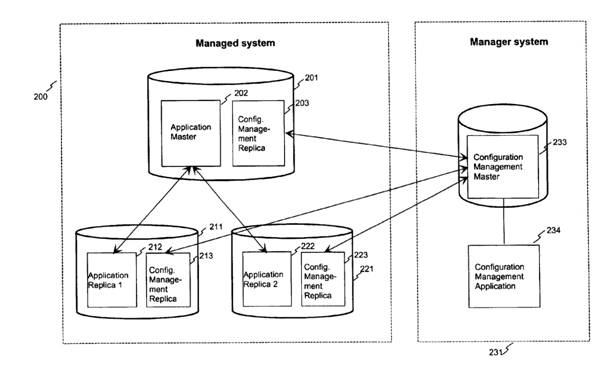Structure Of Distributed Database: A distributed database system haves of a collection of sites, each of which keeps a local databases system. Every site is able to process local transactions, the transactions that access data only in that one site. In addition, a site may participate in the implementation of global transactions, those transactions that access data at various sites.
The execution of global transactions on the distributed architecture needs communication between the sites. Figure illustrates a representative distributed database system architecture having transactions. Please note that both the transactions shown are global in nature as they need data from both the sites.

Figure: Distributed Database Schema and Transactions
Some of the key issues including DDBMS are:
- How the data is distributed?
- Is this data distribution unseen from the general users?
- How are the integration of data and its control including security managed globally and locally?
- How are the distributed database related?
The sites in a distributed system can be related physically in a variety of ways. The several topologies are represented as graphs whose nodes correspond to sites. An edge from node A to node B communicates to a direct connection among the two sites.
Some of the most common connection structures are depicted in Figure. The main differences between these configurations involve:
- Installation cost. The cost of physically connecting the sites in the system
- Communication cost. The cost in time and money to send a message through site A to site B.
- Reliability. The frequency with which a site or link fails.
- Availability. The degree to which data can be accessed despite failure of some links or sites.
These differences play an vital role in choosing the appropriate mechanism for handling the distribution of data The sites of a distributed database system may be distributed physically either over a huge geographical area (such as all over India), or a small geographical area such as a one building or a number of adjacent buildings). The former type of network is based on broad area network, whereas the latter uses local-area network.